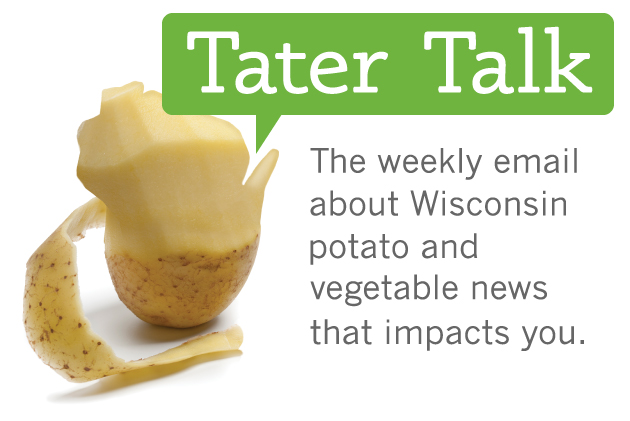Stepping Up to the Plate: Wisconsin Farmers Provide the Resources to Tackle Water Issues in Central Wisconsin
Few now question that our planet’s resources are being challenged by our relentless population growth, and yet most of us are unable to do anything meaningful to address these far reaching issues. Water is among the most precious of these resources, and farmers in all parts of the world are struggling to find ways to use water more wisely while preserving its availability for future generations. Nowhere is this more evident than in Wisconsin’s Central Sands—one of the most productive potato and vegetable growing areas in the US, which depends on irrigation to produce the food that is needed to provide food security for the nation. The water needed for irrigation is drawn from an extensive aquifer (underlying several counties) that was formed in glacial times and has been replenished annually by rainfall and snow melt for over a half century. Evidence in recent years, however, suggests that water levels in parts of the aquifer may be declining and that this is adversely impacting some of the surface water lakes and streams connected to the groundwater. The reasons for this are complex and may be related to a combination of factors including shifting rainfall patterns, extending growing seasons, the need to irrigate more to meet increasing crop demand, and expanding rural communities and industries.
The potato and vegetable growers in the Central Sands are not content to debate causes, and they have united to proactively seek solutions. In 2011, the growers joined forces with the USDA Natural Resource Conservation Service and researchers from several University of Wisconsin departments to launch a major new Conservation Innovation Grant to examine ways to use water more efficiently. This 3-year landmark study “Preserving water resources in Central Wisconsin” was awarded $700,000 in competitive federal funding AND the award required matching funds from farmers to become a reality. This is where the Wisconsin Potato and Vegetable Growers Association and the Midwest Food Processors Association stepped to the plate and hit a bases loaded home run by pledging a whopping $634,000 to secure the funds. This is money raised annually from grower-members and demonstrates the commitment these growers have to the future. The grant is now entering its 3rd year and is already justifying every penny of investment.
A major objective of the research is to develop ways to irrigate that are more efficient and require less water. Multiple on-farm demonstrations of the latest technological advances in soil moisture monitoring have shown growers new ways to determine when crops need water. To take advantage of this, a new irrigation scheduling program, WISP-2012, has been developed to accurately predict when crops need water and allow growers to irrigate only when needed and avoid waste. Educational guides and individual on-farm training are combining to ensure maximum grower adoption of this strategy that promises to reduce water use significantly. New modules are now being developed to precisely match the water needs of multiple crops and expand the use of this state-of-the-art program throughout Wisconsin and to other states. In a related twist, researchers have discovered that water can be selectively withheld from some crops in early stages of growth to promote deeper rooting. This “deferred irrigation” uses less water without adversely impacting yield or quality.
Wisconsin’s Central Sands are extensive—improving the knowledge-base of periodic fluctuations in depth to groundwater across space and through time is critical to the ability to manage water more efficiently. To achieve this, growers have established a growing network of private irrigation wells that currently encompasses 479 wells across multiple farms in 4 counties where groundwater depth is accurately measured 2-3 times per year. This impressive database will become an important resource in managing water use across the sands. Early indications already show that many wells now have the same or higher water levels as when they were installed decades ago. The project has also installed 28 monitoring wells that continuously record water depths in transects across three of the areas designated as at risk for surface water impacts. This data is transmitted to the Central Sands Water website (http://wisa.cals.wisc.edu/central_sands_water) for real time access by public agencies, growers and concerned citizens.
The far-reaching impacts of this research, which also includes collaborative work with the Wisconsin Geological and Natural History Survey and the state Department of Natural Resources, is crucial in developing strategies to increase the sustainability of water resources. The dedication of the growers who stepped forward to make them a reality should be commended; it not only benefits their operations, but also all Wisconsin citizens—present and future.


